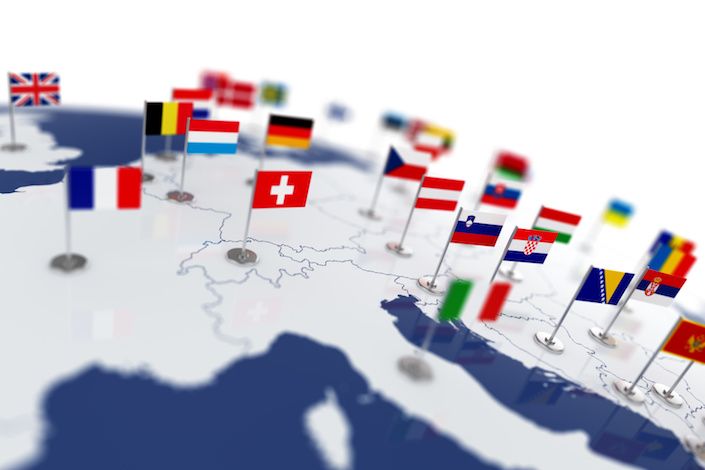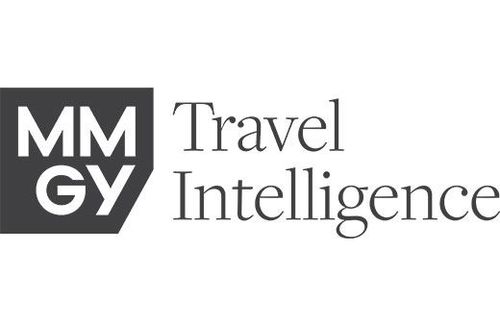Where travel agents earn, learn and save!
News / Americans are beginning to travel to Europe again ... who's going first?
With the lifting of Europe's U.S. travel ban, the vast majority of European countries are now open to American travelers

Author: Cees Bosselaar, Managing Director, Travel Intelligence Europe
While domestic leisure travel in America has roared back in the past months with bookings getting into 2019 territory again, international travel is now following a similar trajectory – albeit at a bit slower pace. Today’s announcement that vaccinated Americans can enter the U.K. without quarantine is good news and will accelerate this growth. Europe and the U.K. have traditionally been the number-one outbound overseas destination for American travelers. At MMGY Travel Intelligence Europe, we have seen booking patterns suggest that international travel is already returning for 2022; but as borders like those of the U.K. and Europe have opened to tourists, there will be travelers who take advantage of the opportunity to travel before the end of the year. Travel brands that understand who these travelers are will have the advantage. The question is, Who are the near-term U.S. travelers heading to Europe and the U.K. – the so-called “Europhiles,” Who are they, what do they want to do, and how can European DMOs and suppliers attract them?
We studied the numbers from our recently released Portrait of American Travelers® “Summer Edition” (part of MMGY’s popular Portrait Series – click here) specifically to build a profile of these travelers and to better understand the similar traveler audience who is interested in visiting Europe in the next two years. So, we compared those with a near-term interest in visiting Europe to those with a longer-term interest, and we identified a number of fascinating differences.
For example, a disproportionate number of the near-term European travelers (32%) are Baby Boomers. This is not too surprising considering Boomers had first access to vaccines and are more likely to have disposable income and available time to travel. But here is the more interesting part: The Europhiles are “older” Boomers (born from 1946 to 1954 or aged 67–75). Could it be that this group, after more than 15 months of being homebound while sheltering from a raging pandemic, have a now-or-never craving to explore Europe in an effort to brush off their dusty bucket lists?
The second-largest group of Europhiles are Millennials. Combined with our finding that 74% of the Europhiles travel as couples (spouse/partner/significant other), we believe this is the second form of now-or-never travelers seeking to explore the world, this group doing so in advance of building a family and all of the demands of time, money, and attention that goes with one.
“Older” Boomers most typically travel as couples, which is easy to explain. However, there is also a large group of Boomers who travel with parents, grandparents and kids in tow – the so-called multigenerational travelers.
Beyond age and life stage, what makes Europhiles unique? While a clear majority of U.S. travelers to Europe have traditionally been White/Caucasian (78%), 26% of Europhiles are non-white travelers, with 17% of them identifying as African American/Black. So, the Europhiles tend to be a more diverse group than typical European travelers from the U.S. As MMGY has revealed in its recently published “The Black Traveler: Insights, Opportunities & Priorities” report (click here), Black U.S. leisure travelers spent $109.4 billion on travel in 2019 – and this has quickly become a travel audience that no marketeer can afford to ignore!
Another profound difference between Europhiles and the typical Europe traveler is the high percentage of travelers who enjoy organized group tours/all-inclusive group tours and cruises. Specifically, 24% enjoy group tours (vs. 7% of typical Europe travelers) and 40% enjoy cruises (vs. 30% of typical Europe travelers). It is therefore no wonder that 55% of Europhiles are planning to use a travel advisor to book travel in the year ahead compared to just 36% of European travelers, overall.
Finally, what are Europhiles looking for during their trips in Europe? The top three items to see and experience are national parks, historic sites and museums. And, compared with typical Europe travelers, Europhiles are motivated to visit by the food and drink scene (68% vs. 58%), the opportunity to experience ethnic diversity and the multicultural population of a destination (34% vs. 28%). And, they are more likely to consider themselves “World Travelers” (59% vs. 33%) and “Luxury Travelers” (38% vs. 24%).
With the lifting of Europe's U.S. travel ban, the vast majority of European countries are now open to American travelers and the exodus has started. It’s clear to MMGY Global that outbound U.S. travel to European and U.K. destinations will accelerate quickly in the next six months. Now is the time for destinations and travel brands to act. Connecting targeted data through addressable channels, travel marketers have an opportunity to reach these Europhiles now and impact visitation in 2021. Understanding the composition of these travelers in the U.S. and across other markets will be key in reaching these Europhiles and driving conversions.











